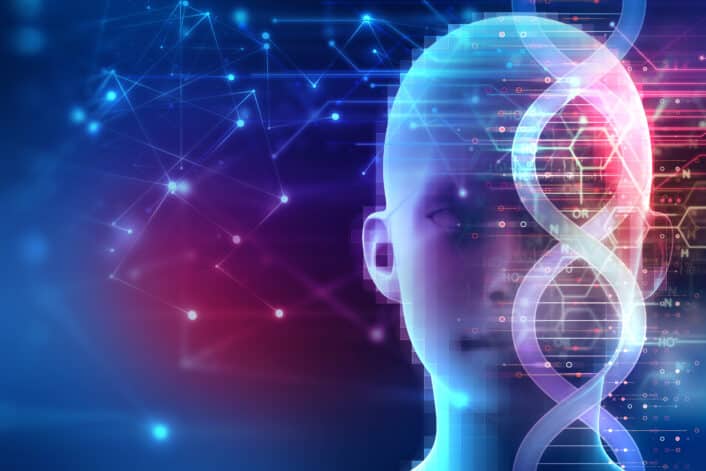

Disclaimer: This article is for informational purposes only and is not intended for diagnostic use. LifeDNA does not provide diagnostic reports on any traits discussed. Genetics is just one piece of the puzzle; please consult a healthcare professional for comprehensive guidance on any health condition.
Salla disease is a rare autosomal recessive lysosomal storage disorder characterized by defective sialic acid metabolism. It falls under the broader category of sialic acid storage disorders (SASD) and is caused by mutations in the SLC17A5 gene, which encodes the sialin transporter protein. This transporter is responsible for the export of free sialic acid (N-acetylneuraminic acid) from lysosomes. Mutations in SLC17A5 lead to an abnormal accumulation of sialic acid within lysosomes, affecting multiple organ systems, particularly the central nervous system.
Sialic acids are important for cell signaling, immune function, and neural development, and their proper export allows cells to recycle them for glycoprotein and glycolipid synthesis. Defective transport impairs cellular function, particularly in the nervous system, leading to severe neurodevelopmental and metabolic disorders.
The SLC17A5 (a.k.a AST) gene, located on chromosome 6q14-q15, encodes sialin, a protein essential for transporting sialic acid out of lysosomes.
In Salla disease, mutations in SLC17A5 impair this transport, leading to accumulation of sialic acid inside cells and subsequent cellular dysfunction. The disease follows an autosomal recessive inheritance pattern, meaning an affected individual must inherit two defective copies of the SLC17A5 gene—one from each parent.
Several mutations in SLC17A5 have been linked to Salla disease, with the most common being:
The severity of Salla disease varies based on the residual function of the mutated sialin transporter. There are two primary forms:
Diagnosis of Salla disease is confirmed through:
As an autosomal recessive disorder, parents of an affected child are typically carriers (heterozygous), each having one defective copy of SLC17A5. Carrier parents have a 25% chance of passing the disease to their offspring with each pregnancy, a 50% chance that the child will be an asymptomatic carrier, and a 25% chance of being unaffected.
Also learn about other autosomal recessive disorders:
Genetic counseling is highly recommended for families with a history of Salla disease, especially in high-risk populations such as those of Finnish descent.
A 2023 study compared two methods, the CRISPR-Cas9-mediated homology-directed repair (HDR) and adenine base editing (ABE), to correct the SLC17A5 c.115C>T (p.Arg39Cys) variant in human fibroblasts. While HDR showed minimal correction with a high rate of undesired mutations, ABE achieved significant correction without detectable errors, effectively reducing free sialic acid levels and offering a glimpse of hope that one day this methodology could be applied to help affected individuals as well.
Learn more about the groundbreaking usage of Gene Editing to cure genetic conditions
Currently, there is no cure for Salla disease, and treatment focuses on symptom management and supportive care, including:
Salla disease is a rare lysosomal storage disorder caused by mutations in the SLC17A5 gene, leading to defective sialic acid transport and progressive neurological impairment. While currently incurable, early diagnosis, genetic counseling, and supportive therapies can improve quality of life for affected individuals. Advances in molecular genetics continue to offer hope for future treatments, highlighting the importance of ongoing research in the field of lysosomal storage diseases.


